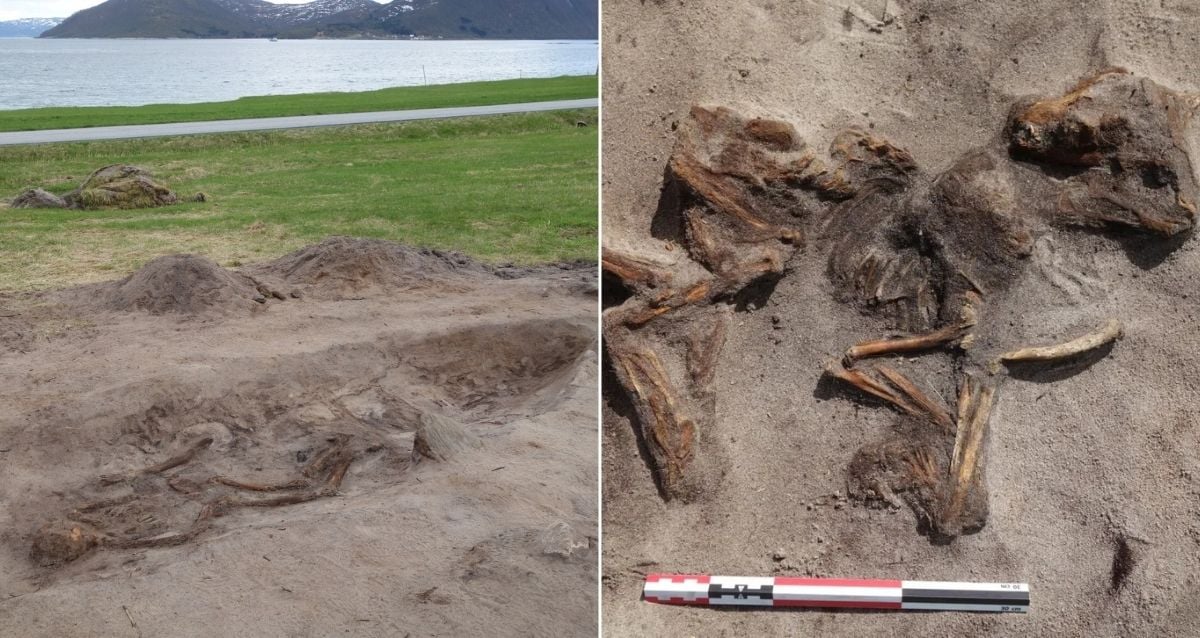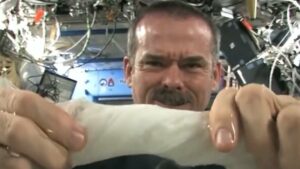Ancient Peruvian Elites’ Secret Rituals Unveiled: Mysterious Drug Use Found in 3,000-Year-Old Artifacts
Now, they have found that proof.
The 2,800-Year-Old Drug Paraphernalia Found At Chavín De Huántar
The first clue came in 2017, when Stanford University archaeologist John Rick was excavating an underground chamber at Chavín de Huántar and his trowel struck something odd. When he picked it up to examine it, he noticed that the object was roughly the size of a cigarette and made of animal bone. It had also been packed full of sediment.
A year later, he and his team unearthed 20 similar objects. The artifacts were likely drug paraphernalia, Rick guessed, but more tests needed to be completed to confirm that suspicion.
Recently, a team of researchers from Stanford and the University of Florida worked to carry out a chemical analysis of the ancient tubes. According to a statement from the University of Florida, the analysis revealed traces of nicotine from the roots of plants related to tobacco as well as the residue of vilca beans, a hallucinogen related to DMT.
But this combination wasn’t smoked by just any ordinary person — it was reserved for a select few elite members of society.

Daniel ContrerasThe animal bone snuff tubes found within the underground chambers.
The snuff tubes were found in private chambers that could only have held a handful of people at a time. Unlike communal hallucinogens used in other cultures, the Chavín’s rituals were not meant to unify the masses — they were meant to control them.
“Taking psychoactives was not just about seeing visions. It was part of a tightly controlled ritual, likely reserved for a select few, reinforcing the social hierarchy,” said anthropological archaeologist Daniel Contreras, co-author of the study.














Post Comment